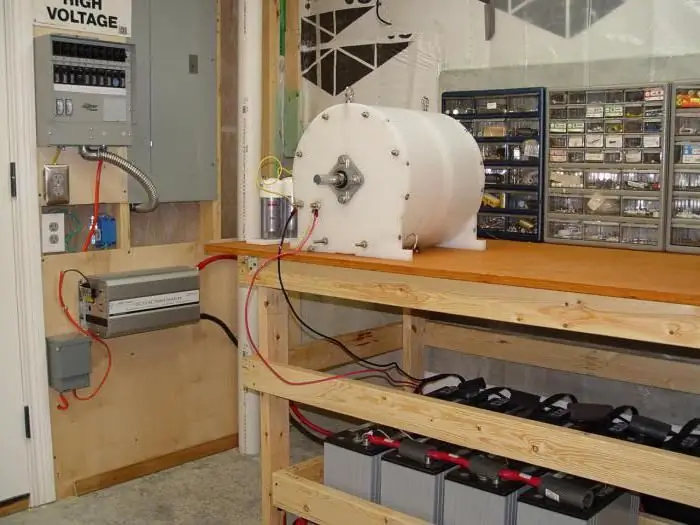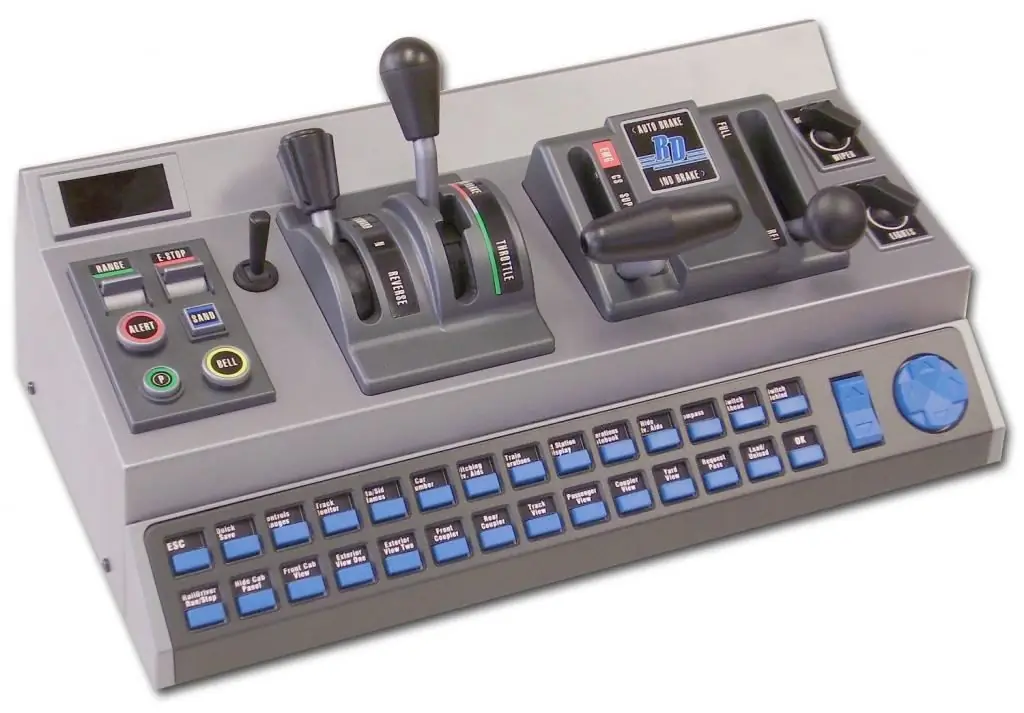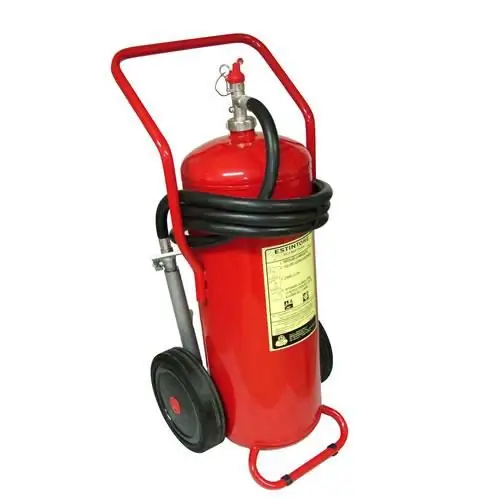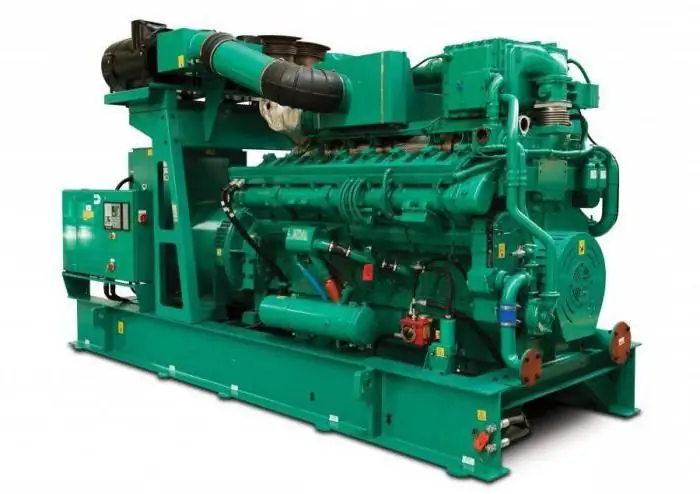2026 Author: Howard Calhoun | [email protected]. Last modified: 2025-01-24 13:10:41
Since furnaces are widely used in industry to create various kinds of material, it is very important to monitor its stable operation. To meet this requirement, a flame monitor must be used. A certain set of sensors allows you to control the presence, the main purpose of which is to ensure the safe operation of various types of installations that burn solid, liquid or gaseous fuels.
Instrument description
Besides the fact that the flame control sensors are engaged in ensuring the safe operation of the furnace, they also take part in the ignition of the fire. This step can be carried out automatically or semi-automatically. While operating in the same mode, they ensure that the fuel burns in compliance with all required conditions and protection. In other words, the continuous functioning, reliability, and safety of the operation of furnaces are completely dependent on the correct and trouble-free operation of the flame control sensors.

Control methods
To date, varietysensors allows you to apply various methods of control. For example, to control the process of burning fuels in liquid or gaseous state, direct and indirect control methods can be used. The first method includes methods such as ultrasonic or ionization. As for the second method, in this case, the flame relay-control sensors will control slightly different quantities - pressure, vacuum, etc. Based on the data received, the system will conclude whether the flame meets the specified criteria.
For example, in small-sized gas heaters, as well as domestic-style heating boilers, devices are used that are based on a photoelectric, ionization or thermometric flame control method.

Photoelectric method
Today, it is the photoelectric method of control that is most often used. In this case, flame control devices, in this case these are photo sensors, record the degree of visible and invisible flame radiation. In other words, the equipment captures the optical properties.
As for the devices themselves, they react to a change in the intensity of the incoming light stream, which emits a flame. Flame control sensors, in this case photosensors, will differ from each other in such a parameter as the wavelength received from the flame. It is very important to take this property into account when choosing an instrument, since the characteristic of the spectral type of the flame is very different depending onon what type of fuel is burned in the furnace. During the combustion of fuel, there are three spectra in which radiation is formed - these are infrared, ultraviolet and visible. The wavelength can be from 0.8 to 800 microns, if we talk about infrared radiation. The visible wave can be from 0.4 to 0.8 microns. As for ultraviolet radiation, in this case the wave can have a length of 0.28 - 0.04 microns. Naturally, depending on the selected spectrum, photo sensors are also infrared, ultraviolet or luminosity sensors.
However, they have a serious drawback, which lies in the fact that the devices have a too low selectivity parameter. This is especially noticeable if the boiler has three or more burners. In this case, there is a high chance of an erroneous signal, which can lead to emergency consequences.

Ionization method
The second most popular method is ionization. In this case, the basis of the method is the observation of the electrical properties of the flame. Flame control sensors in this case are called ionization sensors, and the principle of their operation is based on the fact that they capture the electrical characteristics of the flame.
This method has a rather strong advantage, which is that the method has almost no inertia. In other words, if the flame goes out, the process of ionization of the fire disappears instantly, which allows the automatic system to immediately stop the gas supply to the burners.

Device reliability
Reliability is the main requirement for these devices. In order to achieve maximum efficiency, it is necessary not only to choose the right equipment, but also to install it correctly. In this case, it is important not only to choose the correct mounting method, but also the mounting location. Naturally, any type of sensor has its advantages and disadvantages, but if you choose the wrong installation location, for example, then the likelihood of a false signal greatly increases.
To summarize, we can say that for maximum system reliability, as well as in order to minimize the number of boiler shutdowns due to an erroneous signal, it is necessary to install several types of sensors that will use completely different methods of flame control. In this case, the reliability of the overall system will be quite high.

Combination device
The need for maximum reliability has led to the invention of the Archives combined flame control relays, for example. The main difference from a conventional device is that the device uses two fundamentally different registration methods - ionization and optical.
As for the operation of the optical part, in this case it selects and amplifies the variable signal, which characterizes the ongoing combustion process. During the burning of the burner, the flame is unstable and pulsates, the data is recorded by the built-in photo sensor. Fixedthe signal is sent to the microcontroller. The second sensor is of the ionization type, which can receive a signal only if there is a zone of electrical conductivity between the electrodes. This zone can only exist in the presence of a flame.
Thus, it turns out that the device operates in two different ways to control the flame.

Sensors marking SL-90
Today, one of the fairly versatile photo sensors that can detect infrared radiation from a flame is the SL-90 flame control relay. This device has a microprocessor. The semiconductor infrared diode acts as the main working element, that is, the radiation receiver.
The element base of this equipment is selected in such a way that the device can function normally at temperatures from -40 to +80 degrees Celsius. If you use a special cooling flange, then you can operate the sensor at temperatures up to +100 degrees Celsius.
As for the output signal of the SL-90-1E flame control sensor, this is not only an LED indication, but also "dry" type relay contacts. The maximum switching power of these contacts is 100 W. The presence of these two output systems allows the use of this type of fixture in almost any automatic type control system.

Burner control
Fairly common flame control sensorsburners steel appliances LAE 10, LFE10. As for the first device, it is used in systems where liquid fuel is used. The second sensor is more versatile and can be used not only with liquid fuels, but also with gaseous ones.
Most often both of these devices are used in systems such as a dual burner control system. Can be successfully used in systems of oil-fired blown gas burners.
A distinctive feature of these devices is that they can be installed in any position, as well as attached directly to the burner itself, on the control panel or on the switchboard. When installing these devices, it is very important to properly lay the electrical cables so that the signal reaches the receiver without loss or distortion. To achieve this, it is necessary to lay the cables from this system separately from other electrical lines. You also need to use a separate cable for these control sensors.
Recommended:
Classification of engines. Types of engines, their purpose, device and principle of operation

Nowadays, most vehicles are powered by an engine. The classification of this device is huge and includes a large number of different types of engines
Mechanization of an aircraft wing: description, principle of operation and device

How do planes take off and stay in the air? For many people, this is still a mystery. However, if you start to understand this, then everything is quite amenable to a logical explanation. The first thing to understand is wing mechanization
Driver controller: purpose, device and principle of operation

The use of a variety of vehicles today is very active. They all have in common that they need to be managed. The driver's controller is also designed for control. With it, you can remotely control the traction motor in braking or traction mode
Air-foam fire extinguishers. The principle of operation of the device and rules of use

Air-foam fire extinguisher device and its scope, instruction manual. Disadvantages of using a chemical foam fire extinguisher. Safety Precautions When Using a Foam Fire Extinguisher
Gas piston power plant: the principle of operation. Operation and maintenance of gas piston power plants

Gas piston power plant is used as a main or backup source of energy. The device requires access to any type of combustible gas to operate. Many GPES models can additionally generate heat for heating and cold for ventilation systems, warehouses, industrial facilities

